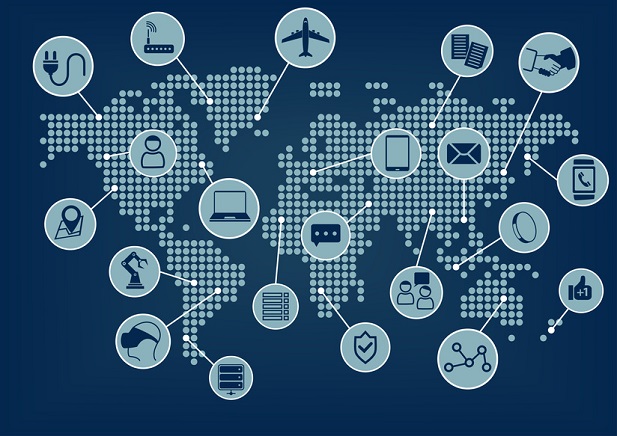The Internet of Things will help boost the number of active wireless connected devices to 47 billion by 2021 as the industry moves away from its reliance on smartphones, new research has claimed.
While smartphones and PCs have traditionally dominated the connected devices market, in future ABI Research said accessories such as smart home products, wearables and smartphone peripherals, as well as sensor nodes comprising Bluetooth beacons and proximity sensors will dominate.
Researchers predicted in five years low power, wide area connections will account for 65 percent of total wireless connections. Operators are already getting to grips with rolling out LoRa and Sigfox based networks, with the cellular-based NB-IoT set to be commercialised next year.
[Read more: Vodafone plans quartet of countries for NB-IoT launch]
Ryan Martin, Senior Analyst at ABI Research, said: “Advances in mesh networking, location-aware ICs, and better utilisation of unlicensed spectrum are among the key ingredients driving wireless sensor network deployments, and, in turn, the next generation of connected devices.”
He added: “A 24.1 percent CAGR through 2021 positions 2016 to be the first year that accessories and sensor nodes are in the majority, rising to more than 65 percent of total active connections by the end of the forecast period. Now the critical question for companies is how to create a strategic framework that optimizes IoT solution ROI in concert with connected endpoint growth. Growth will be driven by a massive uptick in contextually-aware IoT endpoints across retail, advertising and supply chain, smart home, and industrial IoT markets.”



